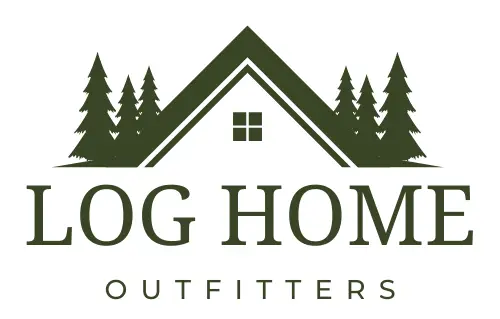Many people, along with some developers, look at wetlands as a problem in their efforts to build large real estate developments, whether residential or commercial. This is unfortunate. Wetlands are a valuable productive ecosystem and proper architectural landscaping can cope with the “problem”. But first it is important to realize what wetlands represent.
We have mentioned that wetlands are a productive ecosystem. Indeed, they play host to a variety of species including birds, fish and mammals. Wetlands vary according to climate, geological factors and amount of water. Wetlands differ in location for example between Alaska and Florida. Most, however, provide a large amount of food for many animals. They also help moderate worldwide climatic conditions. In view of wetland importance, the United States Government has passed laws that regulate wetlands.
Section 404 of the Clean Water Act (CWA) establishes a program to regulate the discharge of dredged or fill material into waters of the United States, including wetlands. Activities in waters of the United States regulated under this program include fill for development, water resource projects (such as dams and levees), infrastructure development (such as highways and airports) and mining projects. Section 404 requires a permit before dredged or fill material may be discharged into waters of the United States, unless the activity is exempt from Section 404 regulation (e.g. certain farming and forestry activities).
The basic premise of the program is that no discharge of dredged or fill material may be permitted if: (1) a practicable alternative exists that is less damaging to the aquatic environment or (2) the nationÂ’s waters would be significantly degraded. In other words, when you apply for a permit, you must show that you have, to the extent practicable:
· Taken steps to avoid wetland impacts;
· Minimized potential impacts on wetlands; and
· Provided compensation for any remaining unavoidable impacts.
Proposed activities are regulated through a permit review process. An individual permit is required for potentially significant impacts. Individual permits are reviewed by the U.S. Army Corps of Engineers, which evaluates applications under a public interest review, as well as the environmental criteria set forth in the CWA Section 404(b)(1) Guidelines. However, for most discharges that will have only minimal adverse effects, a general permit may be suitable. General permits are issued on a nationwide, regional, or State basis for particular categories of activities. The general permit process eliminates individual review and allows certain activities to proceed with little or no delay, provided that the general or specific conditions for the general permit are met.
Builders and developers typical enlist the services of state registered licensed Landscape Architects to assist in this process. Landscape Architects can develop site plans to protect a wetland or the possible relocation of a wetland and assist in obtaining the necessary permits.
Landscape Architects are required to be licensed by the State in which they practice and are usually members of the American Society of Landscape Architects, ASLA. Landscape architecture encompasses the analysis, planning, design, management, and stewardship of the natural and built environments. ASLA full members have graduated from an accredited landscape architecture program, have 7 years of education and/or professional experience and are state licensed. In Michigan, as well as all other States, a three (3) day LARE examination administered by the Council of Landscape Architectural Registration Boards is required to be passed for a state licensure.
Landscape designers do not have these professional credentials. Many state and local governments require designs to be stamped with a state registered Landscape Architect’s seal, particularly if a wetlands is involved.
As a registered landscape architect in the State of Michigan and principle architect with Sexton Ennett Design, LC, a landscape architectural firm in southeast Michigan, I am particularly aware of the need for wetland protection. See: http://www.sexton-ennett.com
I am also a breeder of champion Oldenburg warmblood sport horses and am particularly sensitive to the issues of wetlands in landscaping equestrian facilities. See: http://www.markimfarms.com
Understand the importance of wetlands and protect them.
###
ZZZZZZ


